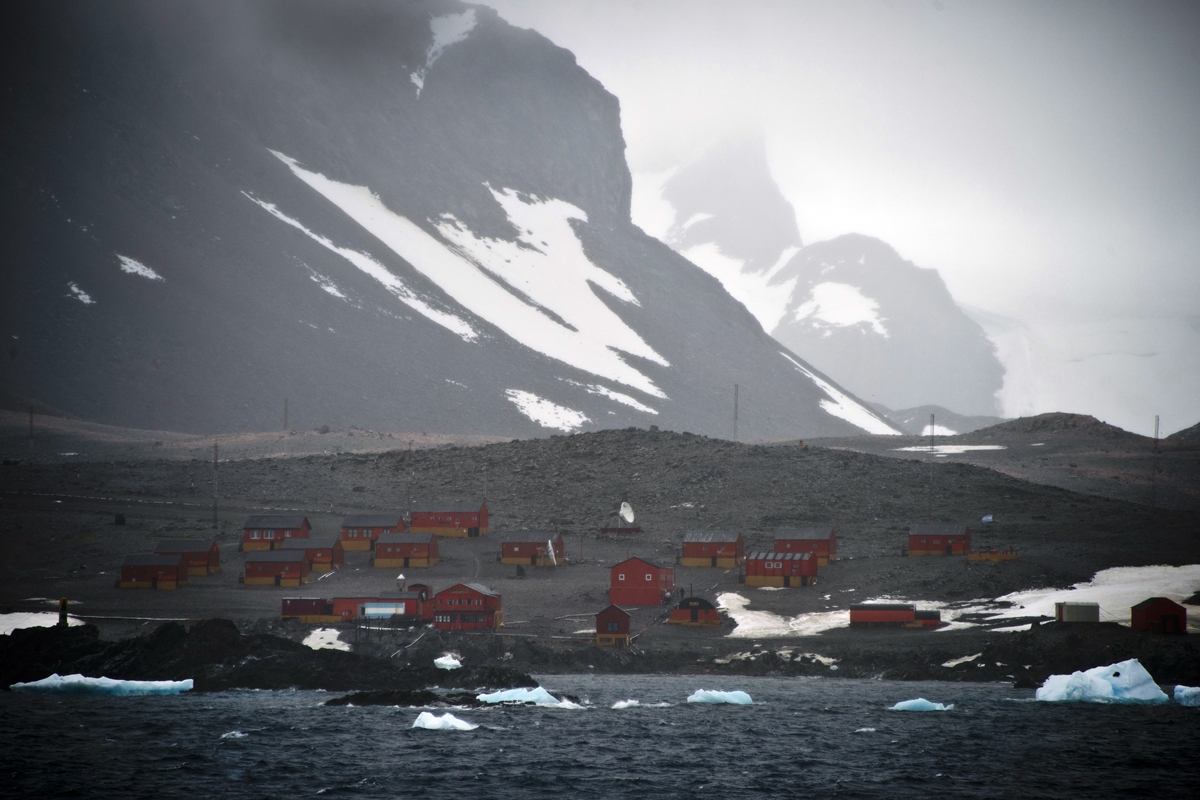As climate change is making temperatures soar, more than a third of the Antarctic’s ice shelf could be at risk of collapsing into the sea, and causing global sea-levels to rise, new research has shown.
The study, led by a researcher at the University of Reading in England, found that if global temperatures reach 4 degrees Celsius above pre-industrial levels, 34 per cent of the area of all Antarctic ice shelves — around half a million square kilometres — including 67 per cent of ice shelf area on the Antarctic Peninsula, would be at risk of destabilisation.
Advertisement
Ice shelves — Larsen C, Shackleton, Pine Island and Wilkins — were identified as most at-risk under 4 degrees Celsius of warming, due to their geography and the significant runoff predicted in those areas.
Limiting temperature rise to 2 degrees Celsius, as mandated by the United Nations under the Paris Climate agreement, would halve the risk and potentially avoid significant sea level rise, said the study, published in the Geophysical Research Letters journal.
“If temperatures continue to rise at current rates, we may lose more Antarctic ice shelves in the coming decades,” said Ella Gilbert, a research scientist at the varsity’s Department of Meteorology.
“Limiting warming will not just be good for Antarctica — preserving ice shelves means less global sea level rise, and that’s good for us all,” she added.
When melted ice accumulates on the surface of ice shelves, it can make them fracture and collapse spectacularly.
Ice shelf vulnerability from this fracturing process was forecast under 1.5 degrees Celsius, 2 degrees Celsius and 4 degrees Celsius global warming scenarios, which are all possible this century.
“Ice shelves are important buffers preventing glaciers on land from flowing freely into the ocean and contributing to sea level rise. When they collapse, it’s like a giant cork being removed from a bottle, allowing unimaginable amounts of water from glaciers to pour into the sea,” Gilbert said.
“We know that when melted ice accumulates on the surface of ice shelves, it can make them fracture and collapse spectacularly,” Gilbert said.











